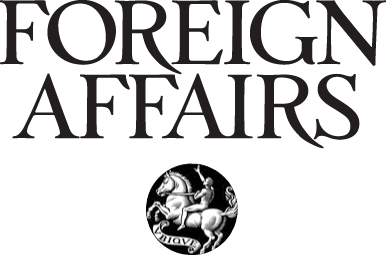By Jordan Bailey
What would modern life be without plastics? According to the World Economic Forum, plastic production has skyrocketed over the last 50 years, growing from 16.5 million tons in 1964 to 343 million tons in 2014. But with this huge rise of plastic manufacturing comes immense negative impacts of improper or insufficient waste management, most of which affects impoverished nations that don’t have the economic stability to fix the problem.
Mass consumption of plastics in the United States only started a little less than 70 years ago, with the first major commercial plastic spray bottle kicking off disposable consumerism. From there, single-use plastics began to make their mark in the United States, with many corporations such as Coca-Cola switching from glass bottles to plastic ones because of the significant decrease in manufacturing costs. As the demand for mass consumerism increased, so did the demand for disposables, which in turn has created a massive waste management issue within the US. According to a 2018 United States Census Bureau report, 32% of single-use plastics end up in the ocean, with the other 78% of US plastic production being shipped to developing countries with poor waste management. The worst part is, almost all the exported plastic that is being shipped overseas is also being counted as “recycled” by the US Environmental Protection Agency (EPA). Countries like Malaysia, Vietnam, India, and Indonesia accept more than 429 shipping containers of US waste every single day. This creates substantial environmental and economic issues for these countries, but many developing nations will still accept plastic waste because of the short-term economic gains that are associated with it. But even the short-term monetary benefits of accepting over 100,000 shipping containers of US waste annually will never equate to its long-term effects.
So why does the United States send so much plastic overseas? According to Jenna Jambeck, an associate professor of engineering at the University of Georgia, it is more economical to push plastics out of the country rather than to recycle them. And with most of these developing countries trying to make a profit off of re-manufacturing US waste, no one is analyzing the underlying issues and massive risks in dumping all of this trash into these areas. “Plastic doesn’t just affect the oceans, it also pollutes the air and water on land – and it directly harms humans too,” Christine Cole said, a research associate at Loughborough University. “Poor waste management is linked to diseases or conditions such as diarrhea, cholera, respiratory illness, and eye and skin infections.” According to a WasteAid report, roughly 9 million people die every year from diseases linked to either mismanagement of waste or pollutants.
Unfortunately, the United States is not the only developed nation sending waste to these countries. Places like the United Kingdom, Australia, New Zealand and Japan also send plastics overseas, with Canada and South Korea even going as far as re-exporting American waste. According to Jenna Jambeck’s study, “Plastic Waste Inputs from Land into Ocean,” high waste mismanagement rates are considered 5% and larger. Most of the developing countries that accept trash have mismanagement rates of more than 80%, with both Indonesia and Vietnam having over 85%. In turn, most of these regions are forced to dump trash into local waters, because of how unbearable the waste becomes for its citizens. According to the Ocean Conservancy, 60% of the plastic trash flowing into the seas originate from China, Vietnam, Indonesia and Thailand. Areas like the Con Vanh Beach in Vietnam are completely littered and flooded with waste, damaging the local environment and making it impossible for citizens to enjoy their homes.
There are several reasons why the United States as well as other developed countries should stop the exportation of waste into these regions, the first being the effects that plastic waste has had on the citizens. Many of these nations receive a huge flow of trash that flood their ports and docks. Citizens like Daniel Tay from Malaysia have pushed for import restrictions to help put an end to the overflow, but most developing countries have still failed to implement regulations on waste. The second reason why the US should stop shipping trash overseas is because many Americans don’t realize how big of a problem this really is. With less than 10% of plastics being recycled in the United States, almost all waste consumption is being pumped into these areas with little to no education about it. If the US is transparent about the volume of plastic waste that is consumed and produced within the country, American citizens will be able to recognize and acknowledge how prevalent an issue single-use plastics truly are. Another huge reason why the US should stop exporting waste is because of the need for legislation to strengthen within America’s recycling system. By sending so much plastic to developing countries, the need to develop a national recycling infrastructure gets neglected. The United States needs to take responsibility for how much trash is consumed within its borders, because if not, the amount of waste that is produced will not decrease, and will only cause more pain and devastation to the nations that are being used as America’s dumping grounds.
With climate change becoming an increasingly more imperative issue, it is only fundamentally substantial to analyze the effects that waste consumption has on the environment and people. Because the longer we allow mass consumerism to manipulate and define our everyday lives, the longer we will allow our governments and multinational corporations to take advantage of impoverished nations and the natural environment that creates and makes up our world.

















